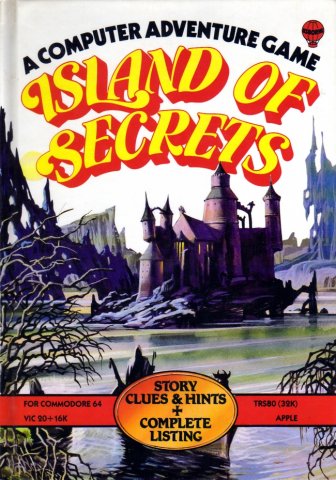Search the Community
Showing results for tags 'game'.
-

Areala's "what If..." Game Design: Tomb Of Horrors (Part Three)
Areala posted a blog entry in Retrochick Retroblog v1.0
Areala's "What If..." Game Design series is a partially-serious, partially-tongue-in-cheek, completely-hyphen-laden look at what would happen if things that are not currently video games were turned into video games under her supervision. Part Three In part two of this series, we looked at the... -

Areala's "what If..." Game Design: The Tomb Of Horrors (Part Two)
Areala posted a blog entry in Retrochick Retroblog v1.0
Areala's "What If..." Game Design series is a partially-serious, partially-tongue-in-cheek, completely-hyphen-laden look at what would happen if things that are not currently video games were turned into video games under her supervision. Part Two In Part One of this series, we talked about... -

Areala's "what If..." Game Design: The Tomb Of Horrors (Part One)
Areala posted a blog entry in Retrochick Retroblog v1.0
Areala's "What If..." Game Design series is a partially-serious, partially-tongue-in-cheek, completely-hyphen-laden look at what would happen if things that are not currently video games were turned into video games under her supervision. Part One Our first foray into this strange and unchar...

